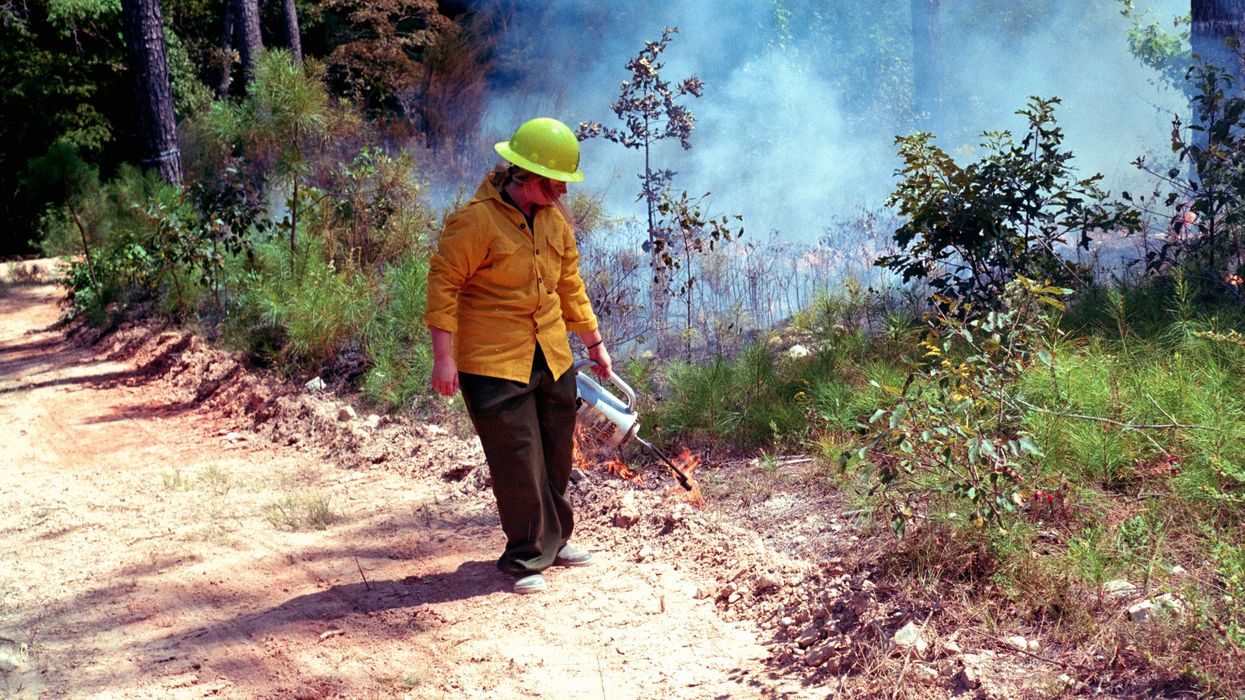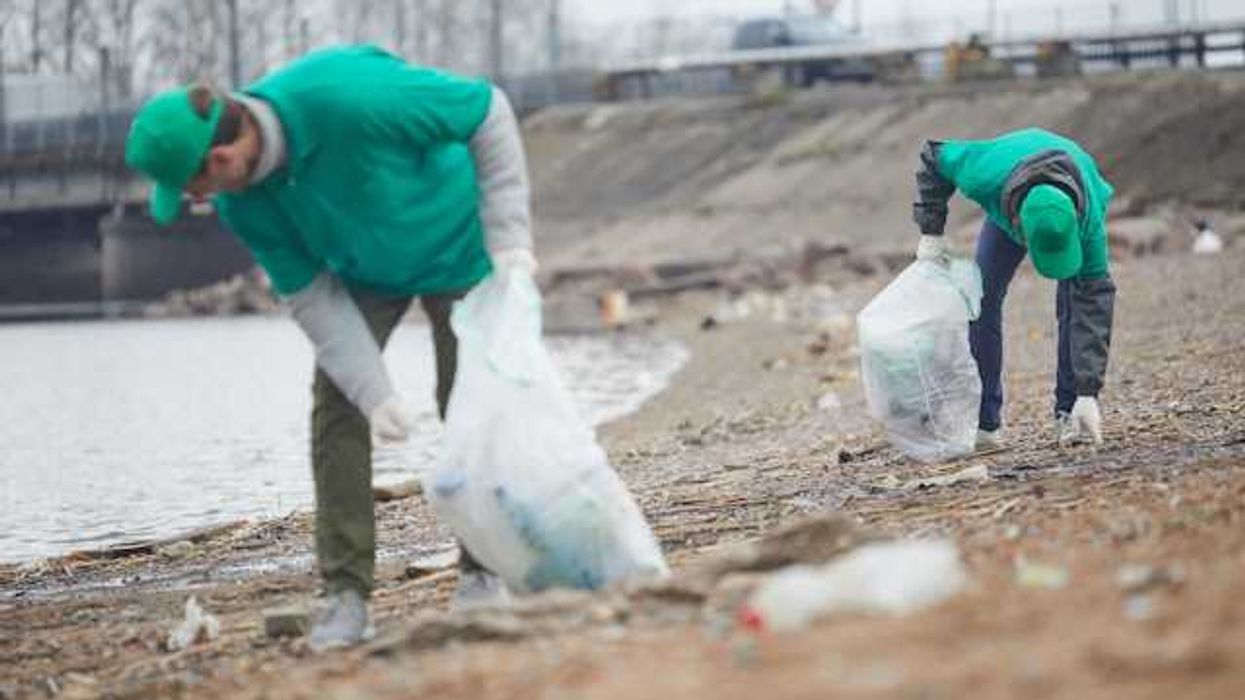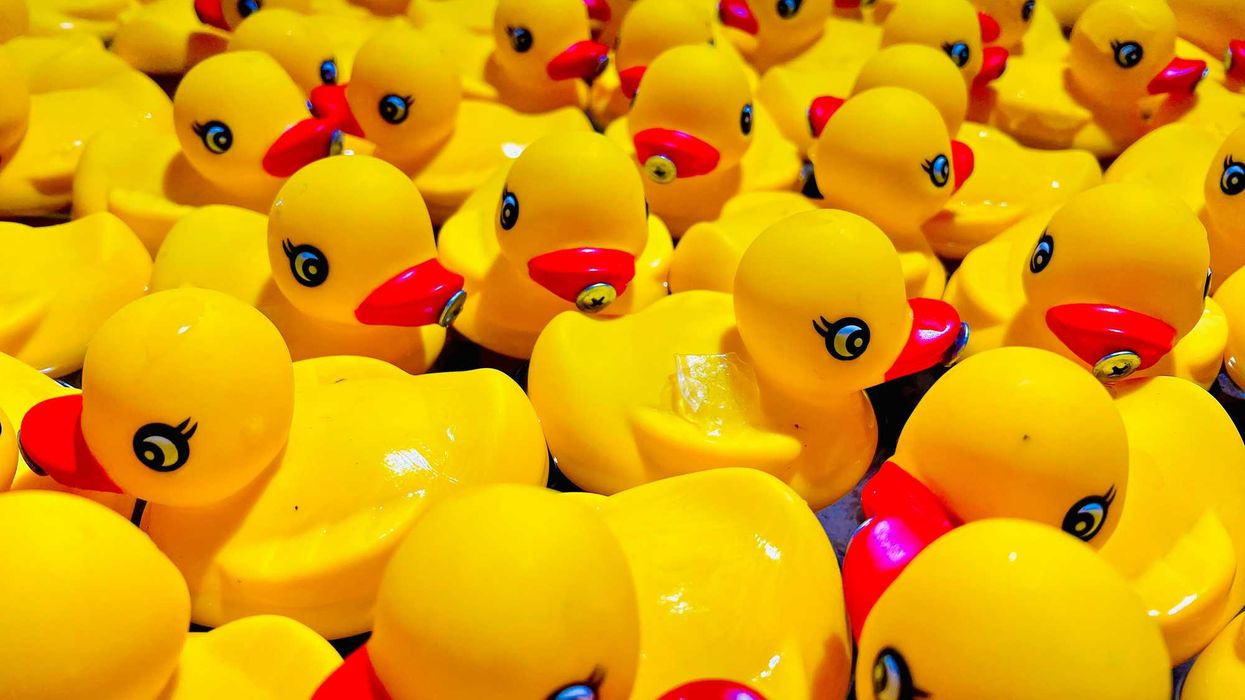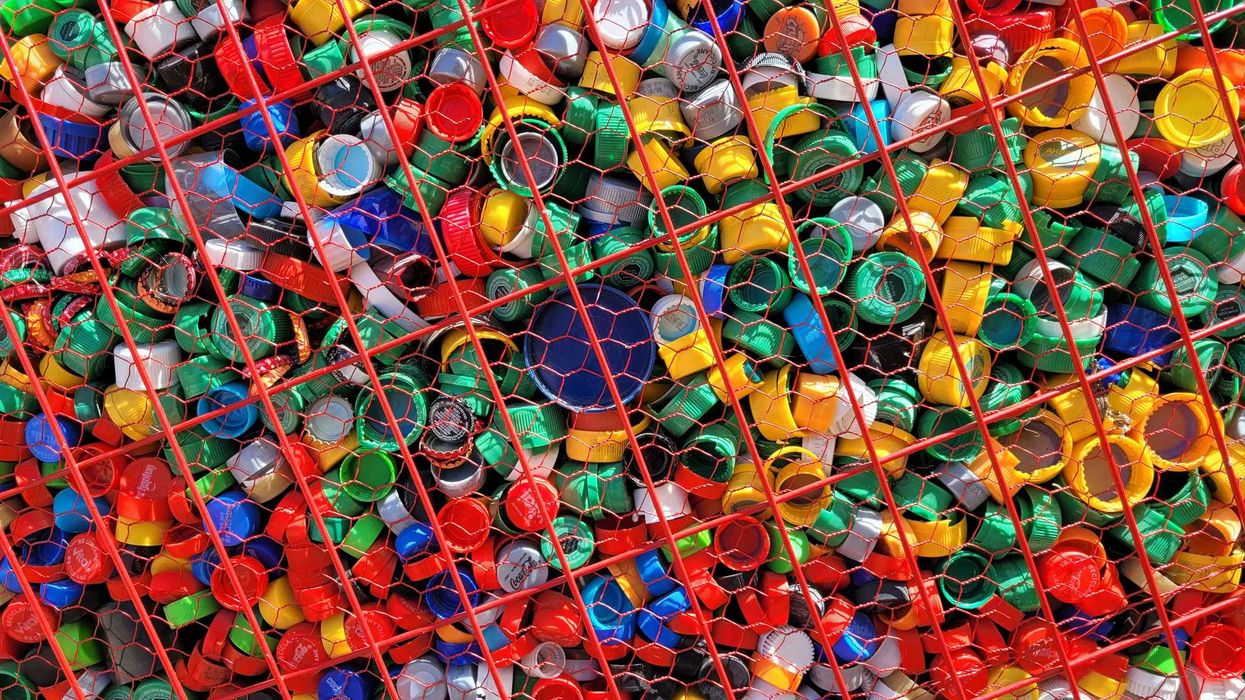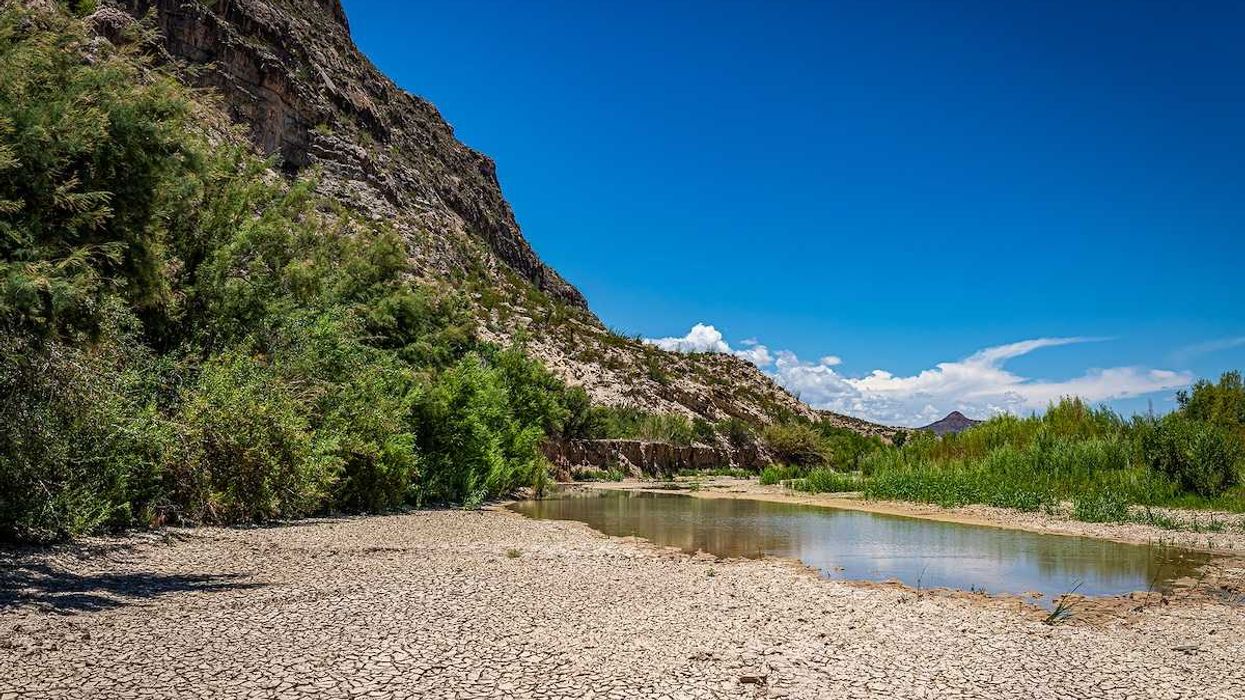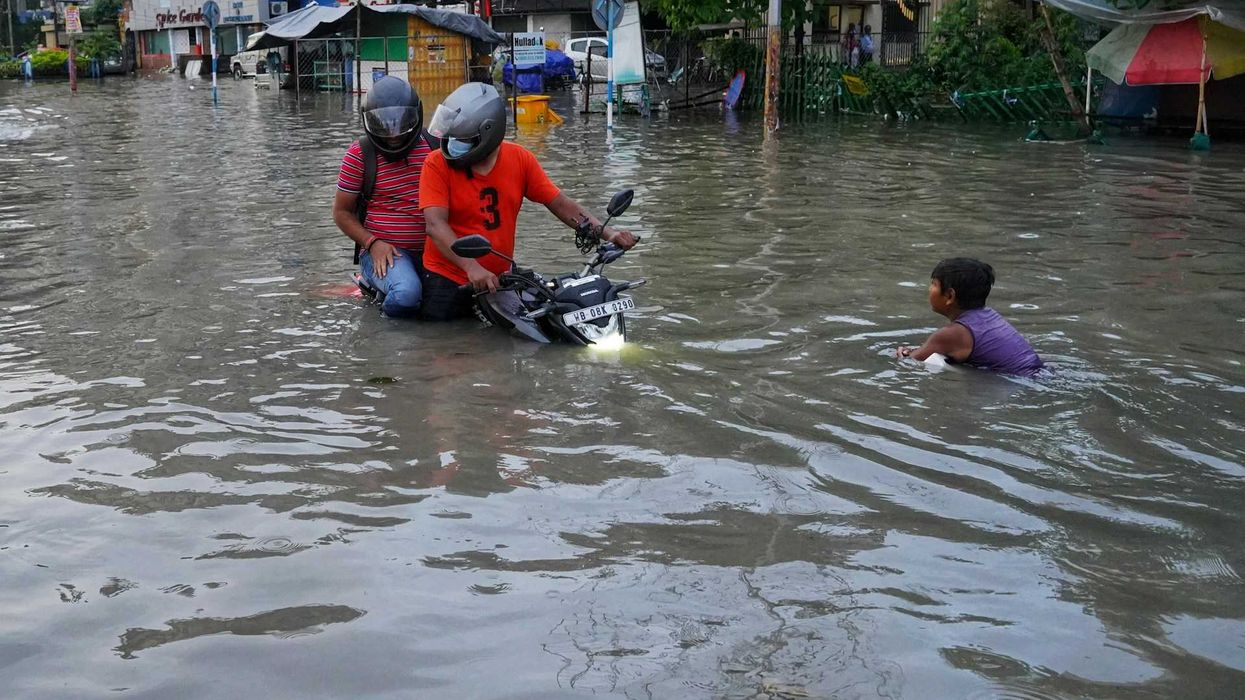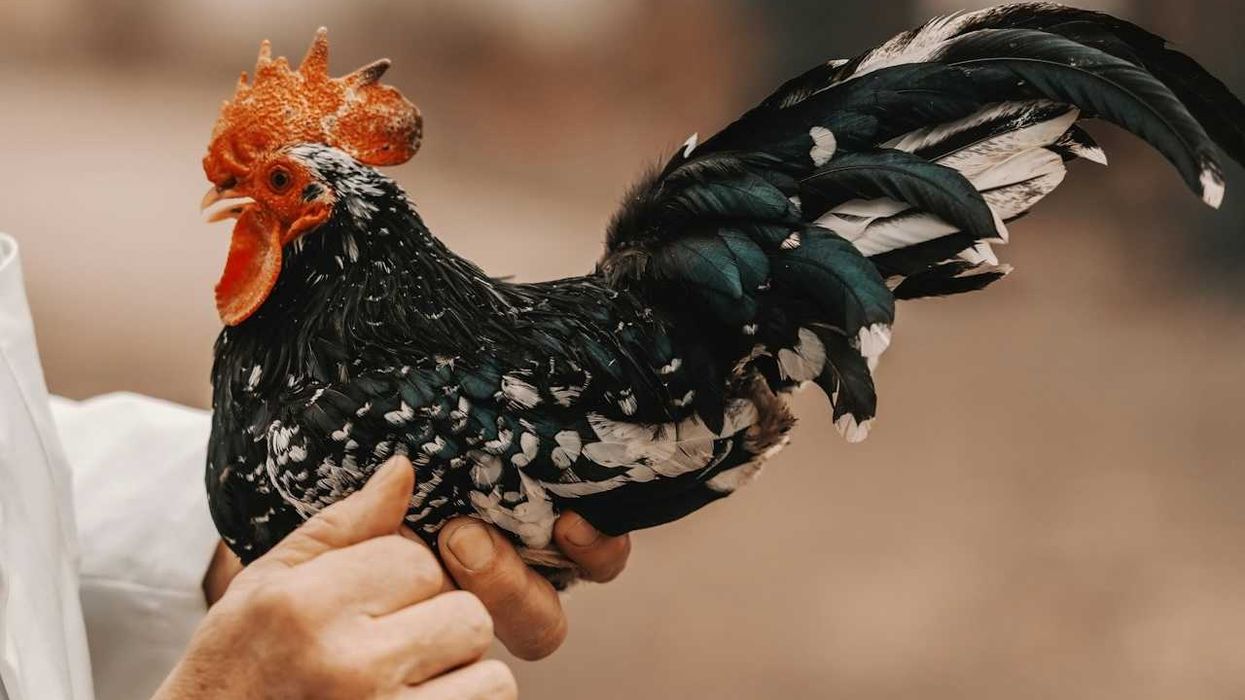Microplastic pollution is overwhelming marine protected areas like the Galapagos, where even the most remote and biodiverse ecosystems are now contaminated by plastic debris from distant coasts and fishing fleets.
Anna Napolitano reports for Oceanographic.
In short:
- Marine protected areas (MPAs), including no-take zones, are increasingly polluted by microplastics that travel across ocean currents from mainland sources and international fisheries.
- Scientists found microplastics in all Galapagos habitats surveyed, including hotspots where endangered species feed and reproduce; 27 marine vertebrates face high risk from plastic ingestion or entanglement.
- The Galapagos Conservation Trust and global partners launched the Plastic Pollution Free Galapagos program to trace pollution sources, support cleanup efforts, and inform local policies, but scientists warn these efforts cannot offset global plastic overproduction.
Key quote:
“The problem with microplastics in the water is that they do not respect the boundaries of protected areas, and they are available for any mouth in the ocean.”
— Ceri Lewis, professor at Exeter University
Why this matters:
Marine protected areas were designed to offer safe havens for biodiversity, but the rise of microplastic pollution has quietly breached these boundaries. Unlike oil spills or illegal fishing, microplastics are hard to see and even harder to stop. Once plastic enters the ocean, it breaks down into tiny particles that infiltrate food chains, disrupt reproduction in marine animals, and carry toxic chemicals. In places like the Galapagos, where ecosystems evolved in isolation, this contamination risks irreversible damage. Ocean currents carry plastic far from its origin, showing how decisions made thousands of miles away affect some of the planet’s most fragile habitats. Even the most remote sanctuaries are now part of a global pollution crisis.
Read more: Mixed microplastics pose greater risks to marine species than single plastics, study finds


